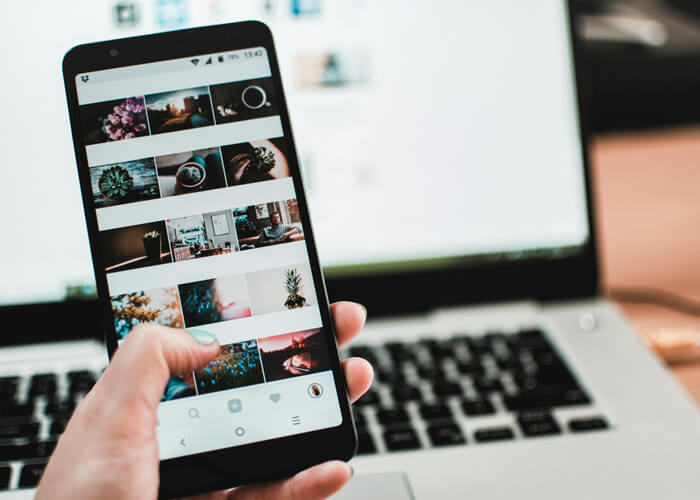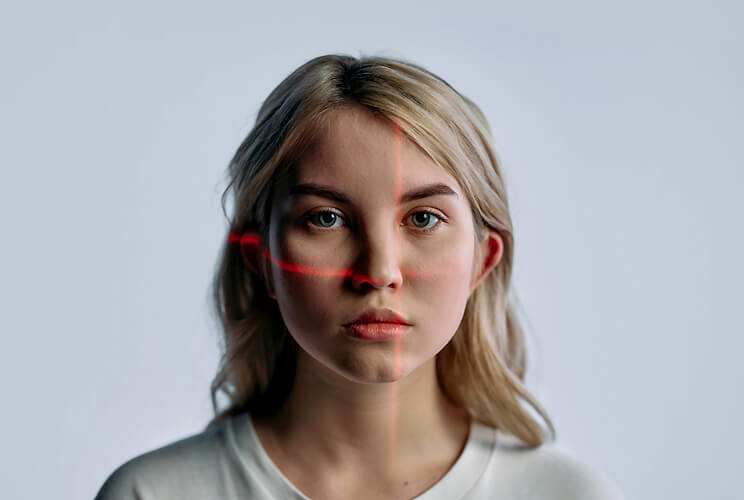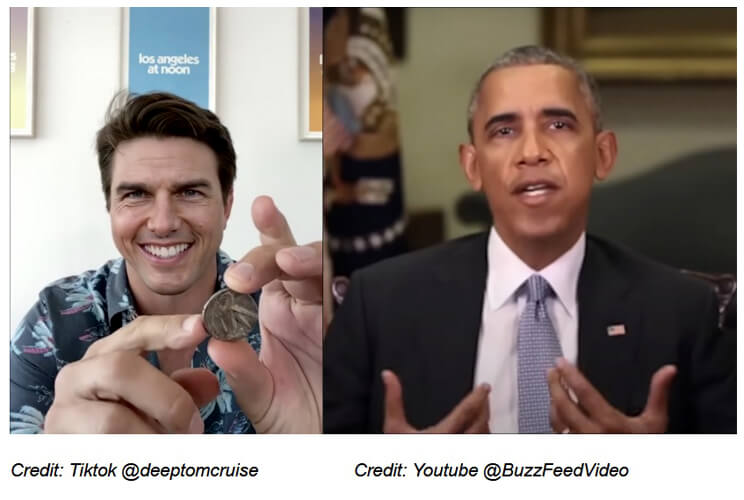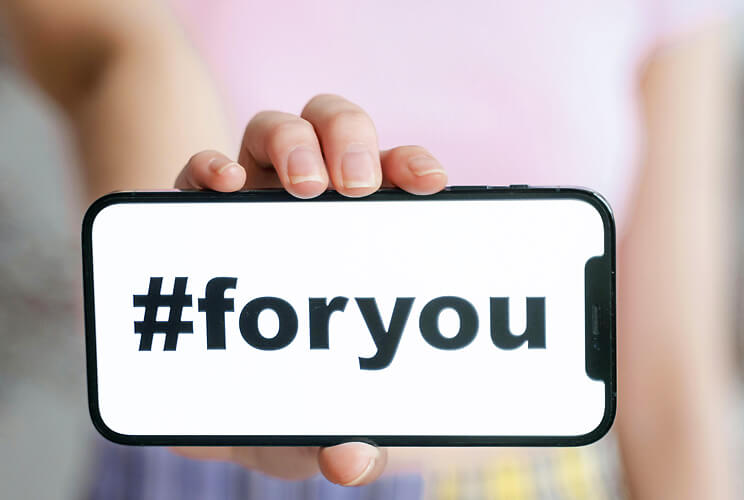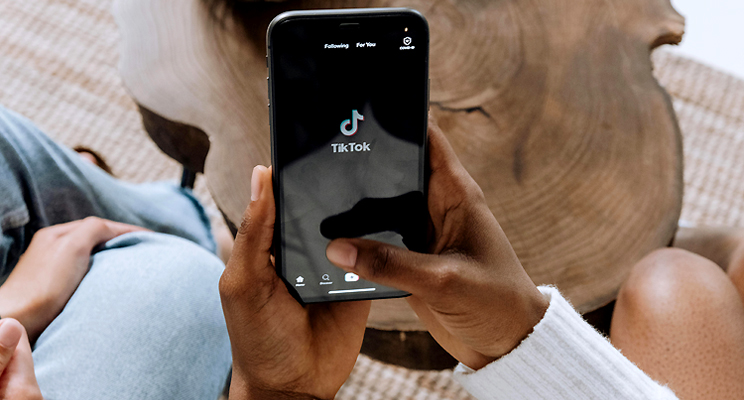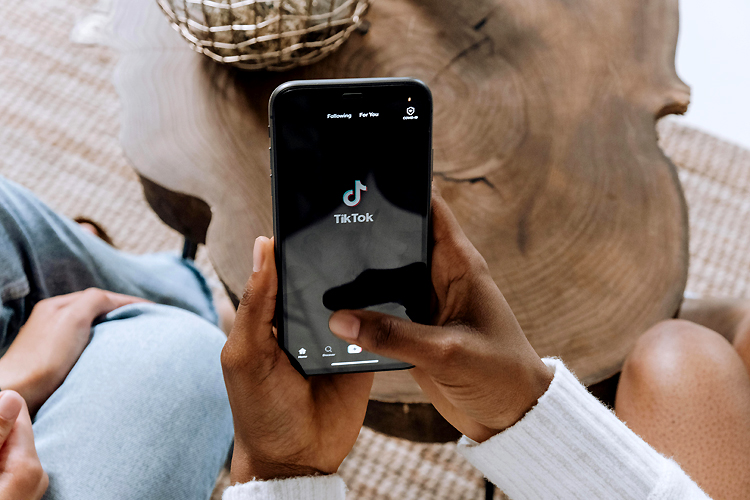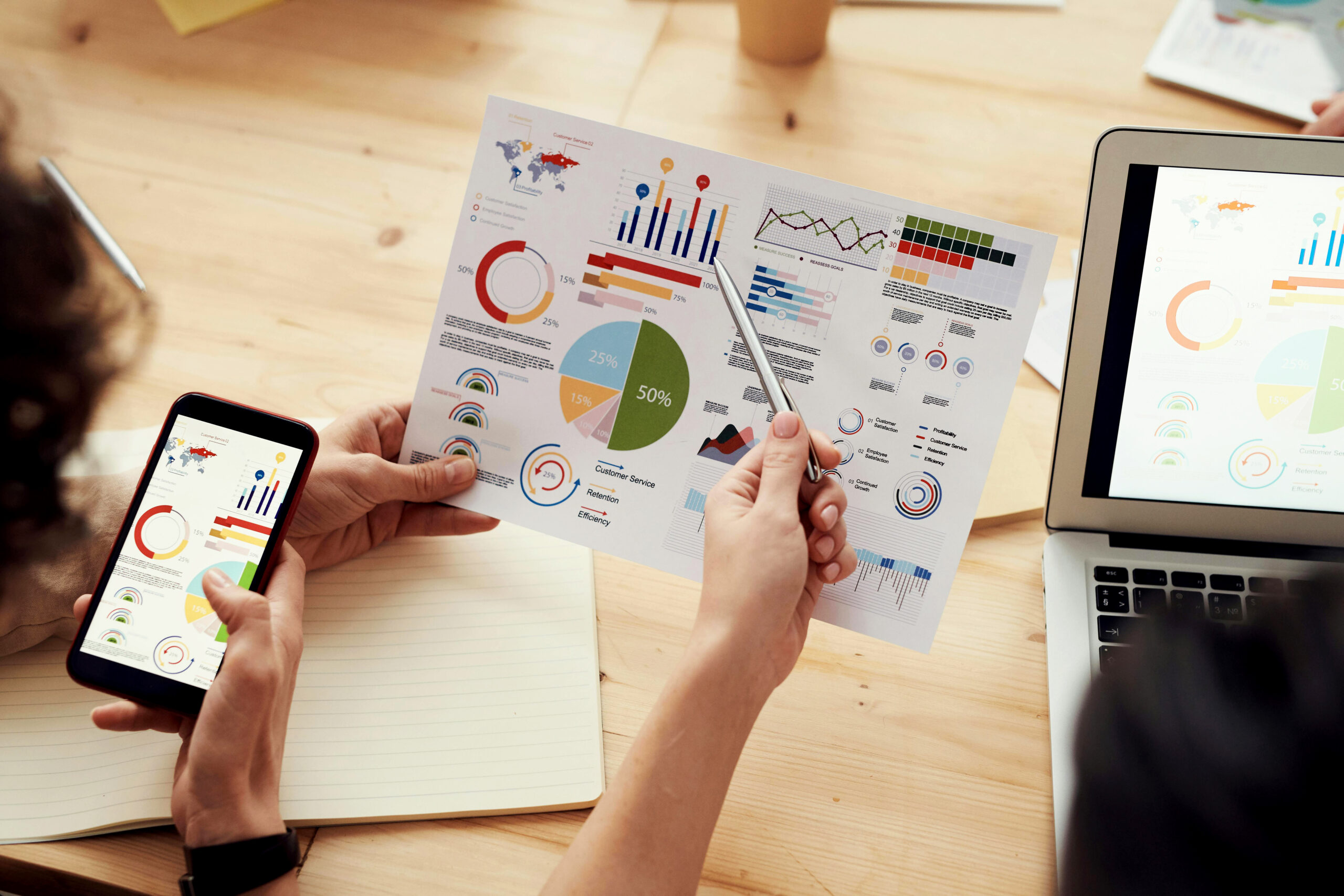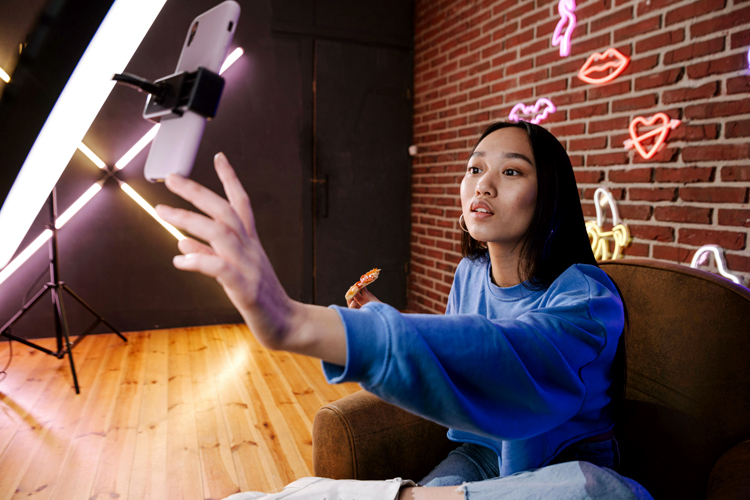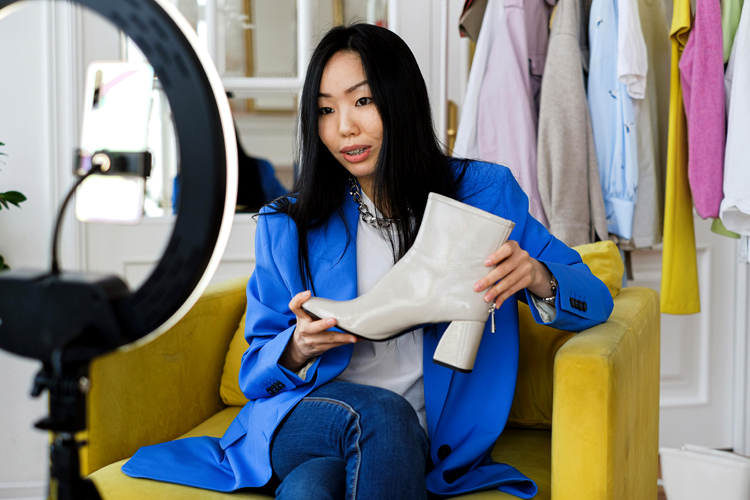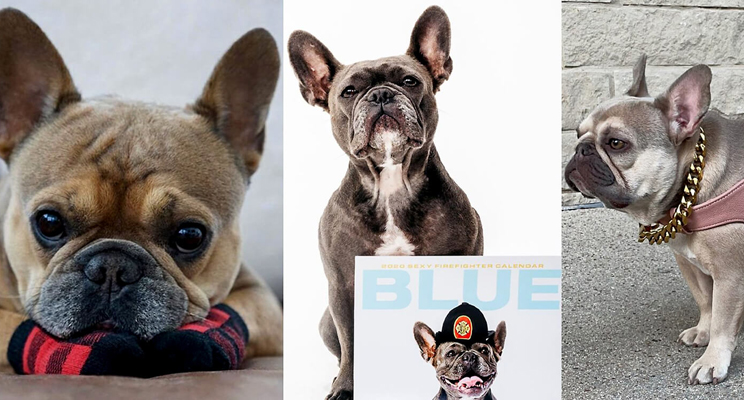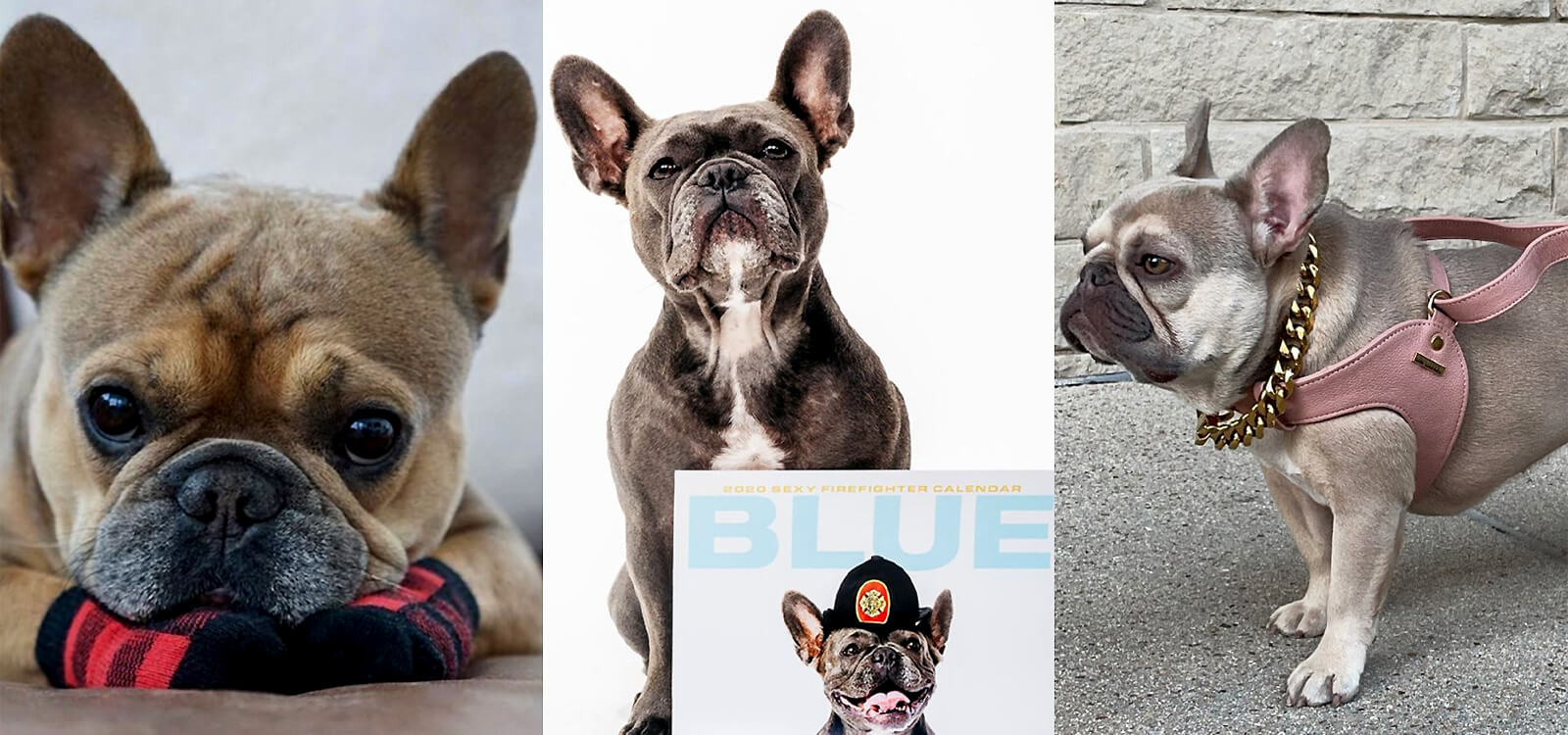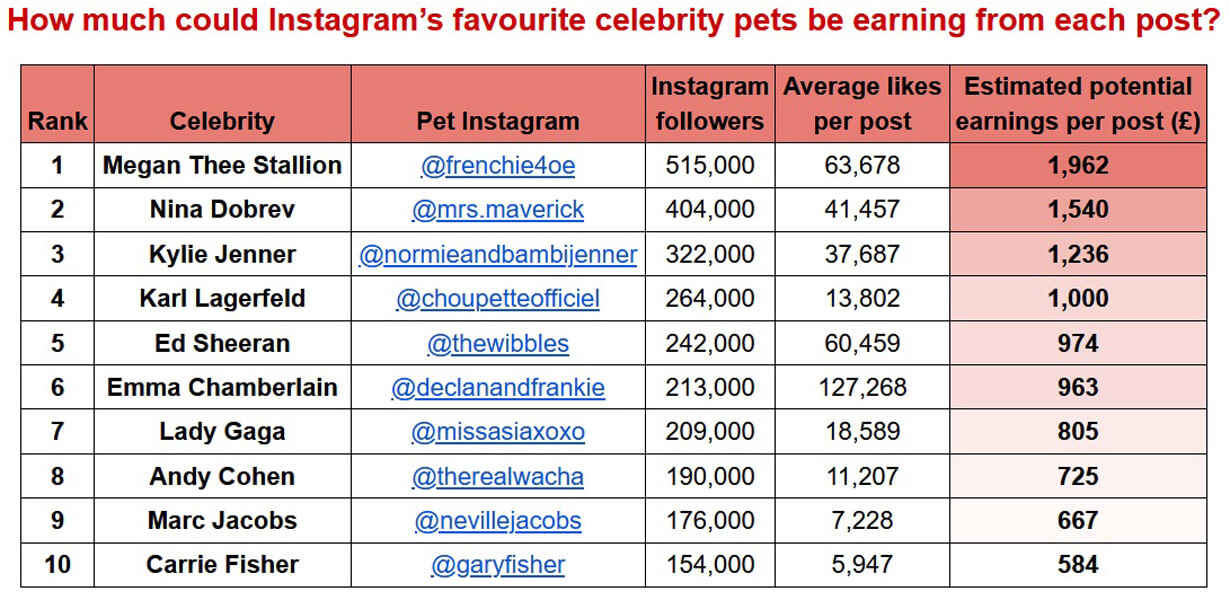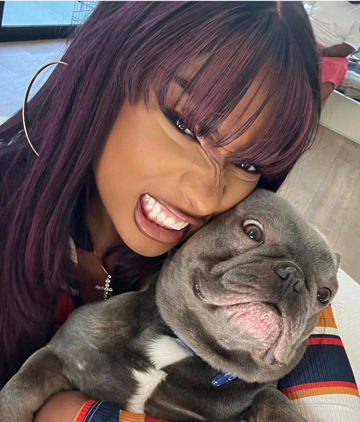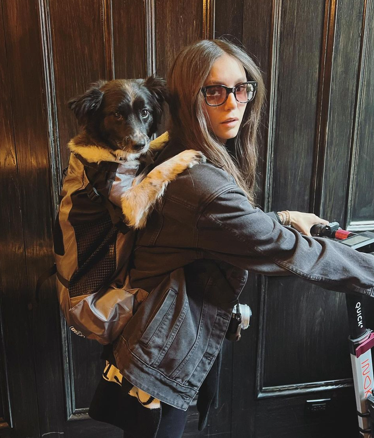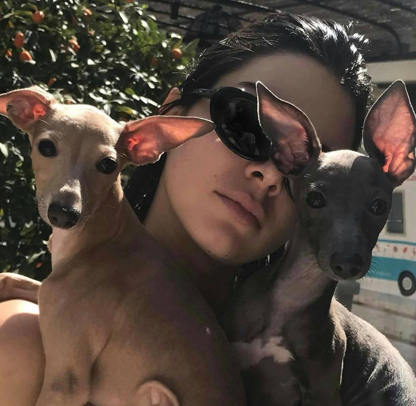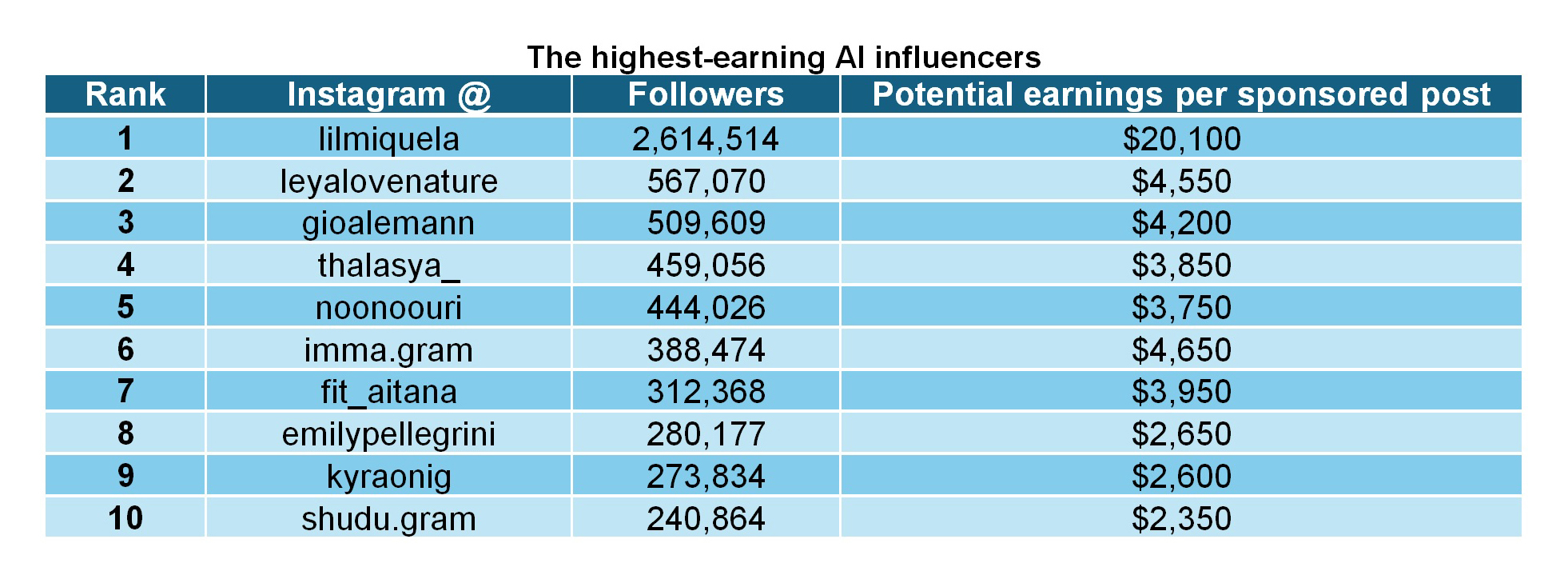
In today’s competitive business landscape, personal branding isn’t just a buzzword—it’s your professional reputation in action. For entrepreneurs and business professionals, a strong personal brand is a gateway to building trust, attracting opportunities, and cementing your presence as a thought leader in your industry. This guide will show you how to build a personal brand that reflects your expertise, values, and vision.
Why Personal Branding Matters
Your personal brand is your unique professional identity, the value you offer, and the way your target audience perceives you. Unlike a company brand, your personal brand humanizes your expertise and creates authentic connections. For entrepreneurs and business professionals, personal branding helps to:
- Build credibility and trust.
- Differentiate yourself in your industry.
- Foster deeper relationships with clients, peers, and partners.

7 Essential Steps to Build a Powerful Personal Brand
-
- Define Your Core Values and Value Proposition
Your brand begins with clarity. Reflect on your core values—what drives you and aligns with your professional goals? Pair these with your value proposition: the unique value you bring to the table. Craft a succinct elevator pitch that communicates your expertise and what you stand for. For example:
-
-
- Elevator Pitch: "I help ambitious businesses amplify their voice through tailored marketing strategies that deliver measurable results."
-
-
- Identify and Understand Your Target Audience
A strong personal brand is built on relevance. Clearly define your target audience—whether it’s industry leaders, potential customers, or collaborators—and understand their needs and pain points. Addressing their challenges in your messaging positions you as a go-to authority in your niche.
-
- Build a Strong Online Presence
In the digital age, your online footprint is often the first impression you make. Focus on:
-
-
- Social Media Profiles: Platforms like LinkedIn are invaluable for connecting with your audience and showcasing your expertise. Optimize your profile with a compelling summary and professional visuals.
- Personal Website: A well-designed personal website serves as a central hub for your portfolio, testimonials, and blog content. It’s a space where potential clients and partners can engage with your work.
-
-
- Create and Share Valuable Content
Content is the engine of personal branding. Share actionable insights, industry trends, and thought leadership that reflect your expertise. Blog posts, LinkedIn articles, and even well-crafted social media posts can position you as a thought leader. For instance:
-
-
- Write about industry challenges and innovative solutions.
- Share personal branding examples and lessons you’ve learned.
-
-
- Consistency is Key
A fragmented brand confuses your audience. From your tone of voice to your visual identity, ensure consistency across all platforms. Whether someone interacts with your LinkedIn profile, personal website, or social media posts, they should experience a unified narrative about who you are and what you stand for.
-
- Leverage Networking and Collaboration
A personal brand thrives on relationships. Attend industry events, engage with thought leaders, and participate in conversations that matter to your audience. Building meaningful connections with peers and collaborators enhances your visibility and reinforces your expertise.
-
- Measure, Adapt, and Evolve
Personal branding isn’t static—it’s a dynamic process. Use tools like social media analytics to understand what content resonates with your audience. Regularly evaluate your strategy to ensure alignment with your professional goals and market trends.

The Benefits of a Strong Personal Brand
A strong personal brand doesn’t just benefit your professional identity—it creates opportunities. Entrepreneurs with a solid personal brand can attract investors, build client trust, and even inspire their teams. Business professionals find that their brand enhances their career prospects, positioning them as indispensable assets within their industries. Look at people like Elon Musk ,Richard Branson, Mark Zuckerberg and the late Steve Jobs for example have all been at the forefront of their brands. And whether you disagree with him or not President Donald Trump has leveraged his strong personal brand to a phenomenal level with his die-hard fan base. Why because he absolutely knows his target audience and his supporters not only relate to him as an authentic individual they almost feel a personal connection with him. Trump has a unique personality and embraces visual storytelling strategies.
Real-World Examples of Personal Branding
- LinkedIn Optimization: Entrepreneurs who craft compelling LinkedIn profiles that highlight their value proposition and accomplishments stand out in their fields.
- Professional Websites: A polished professional website with a portfolio, testimonials, and a blog fosters trust and credibility. This can often be supported by a professional media kit
- Thought Leadership: Sharing unique perspectives through content builds authority and expands your influence.
- Speaking on stage: Those that have a great personal branding strategy will often be leveraging this through key-note speaking engagements and being part of panel discussions
- Becoming an author and writer: Writing in newspapers, magazines and becoming a published author can build trust within a desired industry and also appeal to a broad audience
Final Thoughts: Building Your Personal Brand is Building Your Future
For business professionals and entrepreneurs, personal branding is not optional—it’s essential. A well-crafted personal brand opens doors, creates trust, and establishes you as a leader in your field. Remember, the key to building a personal brand lies in authenticity, consistency, and a clear understanding of your audience.
Are you ready to take your professional identity to the next level? Start crafting your personal brand today, and watch as it transforms your career or business. I run a VIP Executive Influence Program to help you accelerate this process and have a team too to help you create the content for you. If you would like to have a chat about this, then find out more here
About the Author:
Gordon Glenister is an international expert on influencer marketing and membership. As 11 years at the helm of leading trade association, he has been instrumental in the setting up of the influencer channel of the Branded Content Marketing Association and also the Meetings and Events Support Association.












